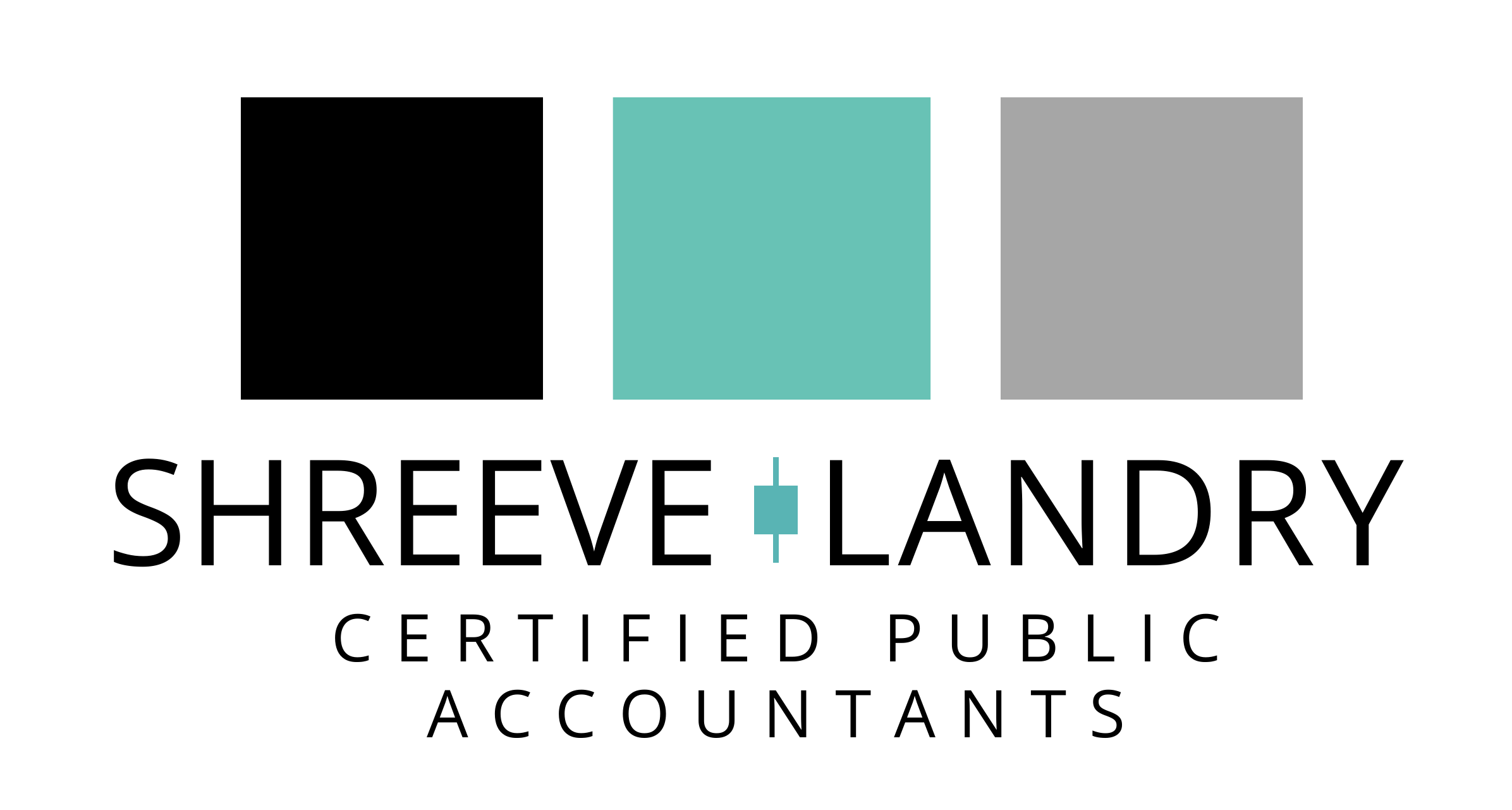Understanding tax obligations is a fundamental aspect of running a small business. The amount of taxes paid by a small business varies widely, influenced by factors such as business structure, location, revenue, and profit. Navigating these obligations can be challenging, but it’s essential for legal compliance and financial health.
Factors Determining Tax Amounts for Small Businesses
The tax amount a small business pays is first influenced by its structure. Sole proprietorships and partnerships are subject to personal income tax rates on profits, while LLCs can choose between being taxed as a sole proprietorship, partnership, or corporation. Corporations face corporate tax rates, which differ significantly.
Location also plays a critical role, with state and local tax laws affecting the overall tax burden.
Additionally, a business’s revenue and profit directly impact the amount of tax due, with higher earnings typically leading to higher tax liabilities.
In order to maximize your tax savings, it is important to consult with a certified public accountant in order to determine the ideal structure of your business. Make sure to schedule your consultation with Shreeve Landry right away!
State & Local Tax Considerations
State income tax rates for businesses vary significantly across the United States. For example, while states like Texas and Florida have no state income tax, California imposes a high state corporate tax rate of 8.84%. Sales tax compliance is also vital, with rates and rules differing across states. Additionally, businesses with physical locations must consider property taxes, which are determined based on the assessed value of their property and the local tax rate.
Deductions & Credits Make a Difference
Small businesses can reduce their tax liability through various deductions and credits. Common deductions include business expenses like rent, utilities, and employee salaries. Tax credits, such as the Small Business Health Care Tax Credit, can also provide significant savings. Utilizing these tax breaks effectively can dramatically lower a business’s tax bill.
Payroll Taxes & Employer Responsibilities
Employers are responsible for payroll taxes, which include Social Security and Medicare taxes. As of 2023, the Social Security tax rate is 12.4% (split between employer and employee), and the Medicare tax rate is 2.9%, with an additional 0.9% for high earners. Employers also pay Federal Unemployment Tax (FUTA), which is 6% on the first $7,000 of each employee’s earnings.
Case Studies
When considering how much small businesses pay in taxes, consider these real-world examples:
- A small LLC in the technology sector, with annual earnings of $500,000, assumed it would be taxed at a flat rate, similar to a corporation. However, since the LLC was taxed as a partnership, the profits were subject to the personal income tax rates of its members. This misunderstanding led to an unexpected tax liability, as the members fell into a higher tax bracket, significantly increasing their tax bill.
- A retail store initially set up as a C-corporation faced a higher tax obligation. The business’s profits were subject to double taxation: once at the corporate level (21%) and again at the individual level when distributed as dividends. Had the business been structured as an S-corporation or LLC, it could have benefited from pass-through taxation, avoiding double taxation and reducing its overall tax burden.
- A small renewable energy company capitalized on specific tax deductions available in its sector, including the Renewable Electricity Production Tax Credit and the Business Energy Investment Tax Credit. By leveraging these industry-specific tax breaks, the company was able to offset a significant portion of its tax liabilities, thereby reinvesting the savings into further business growth.
- A small restaurant faced penalties due to inaccurate financial record-keeping. The business underreported income and overstated deductions due to disorganized financial records. This led to an IRS audit and subsequent penalties, underscoring the importance of maintaining accurate and comprehensive financial records for tax compliance.
Obviously, it is very important that small business owners consult with qualified tax professionals to navigate their specific tax situations effectively. Staying informed about tax changes and updates is also crucial for sound financial management and compliance. By proactively managing their tax obligations, small businesses can minimize their tax liabilities
The Bottom Line
How much do small businesses pay in taxes? This figure ultimately depends on various factors, including business structure, location, and profit. Understanding these elements, along with the relevant tax rates, deductions, and credits, is crucial. The case studies illustrate the complexities and consequences of tax management, highlighting the need for accurate record-keeping, proper business structuring, and an awareness of industry-specific tax advantages.






